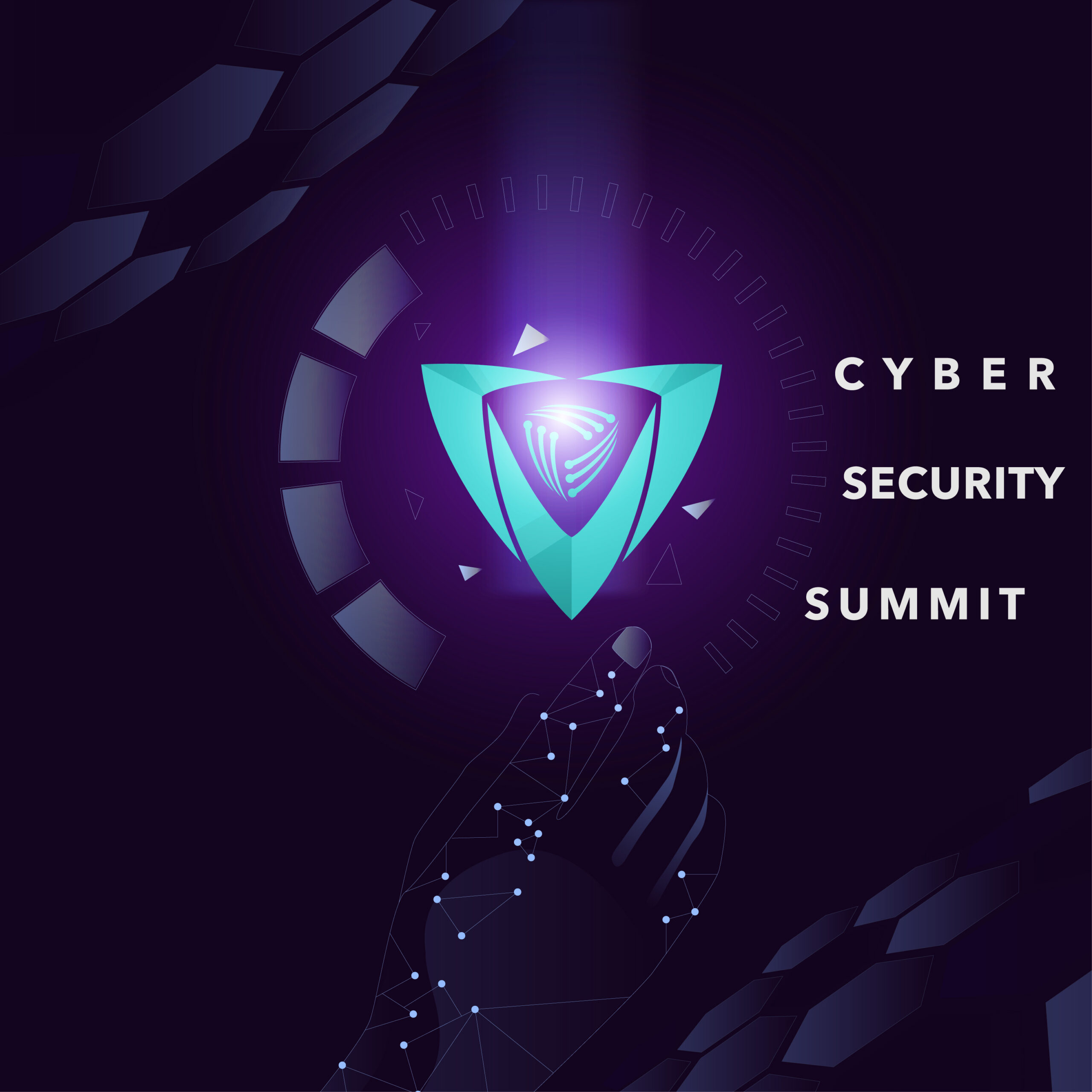Non-human identities, machines, bots, and AI agents, it all sounds like science fiction, but it is not. AI has made its touchdown and increased the need for cybersecurity improvements across all organizations of all industries and sizes.
In this article, we discuss how to secure these entities as they access systems, execute tasks, and manage against exploitation.
A non-human identity (NHI) refers to any machine, application, service, software element, network resource, or automated process that must authenticate itself to access systems or data without human involvement.
Non-human identity management becomes a real challenge when operating in hybrid environments; cloud and on-prem, increasing attack vectors and management complexity.
Machine identity management involves the methods and tools used to identify, control, protect, and validate the digital credentials that machines rely on to interact with one another.
Bot mitigation, in cybersecurity, refers to the methods organizations use to identify and prevent harmful bots from impacting websites, applications, or networks.
AI is no longer a matter of fiction, it is very real, and so is the threat of AI in cybersecurity. Many cybersecurity companies have implemented AI solutions to stay ahead of the curve and provide the best AI-based cybersecurity solutions to their customers.
While AI in cybersecurity solutions doesn’t guarantee safety of AI threats; by filling critical talent gaps, automating threat detection, and strengthening defense against increasingly sophisticated cyberattacks, any organization can improve its security posture long enough to detect and prevent massive attacks.
AI helps mitigate the global shortage of cybersecurity professionals by automating repetitive tasks, accelerating incident response, and enhancing decision-making with contextual intelligence. Organizations can scale security without proportionally scaling headcount.
Cybersecurity is increasingly a war of bots—malicious bots launch automated attacks, while defensive AI bots counter them in real-time. AI minimizes dwell time, reduces human intervention, and enables predictive threat modeling to pre-empt attacks.
Knowing the difference between predictive AI and generative AI is crucial. Predictive AI forecasts threats and behaviors using patterns in historical data. In contrast, generative AI can create new attack strategies or simulate realistic phishing attempts. Combining both unlocks powerful capabilities for threat hunting and deception detection.
From behavior-based anomaly detection to dynamic access policies, AI plays a central role in modern identity security. It supports Zero Trust principles by continuously evaluating risk and adapting authentication methods in real-time.
One Identity’s AI-driven identity security solution integrates advanced machine learning into identity governance and solutions specifically built for privileged accounts and administrators (privileged access management).
It offers predictive analytics, intelligent access decisions, and continuous monitoring — all within a unified identity security platform. This not only boosts operational efficiency but also proactively protects against evolving threats.
Put your brand and expertise in the spotlight with one of our carefully crafted sponsorship packages. Whether it be a speaking role, a delegate package for your team, logo exposure, or the opportunity to bring your current and potential clients along to the event, we have got you covered with something that will genuinely help you get deals done at our events.
Join us in uniting for a safer tomorrow!
